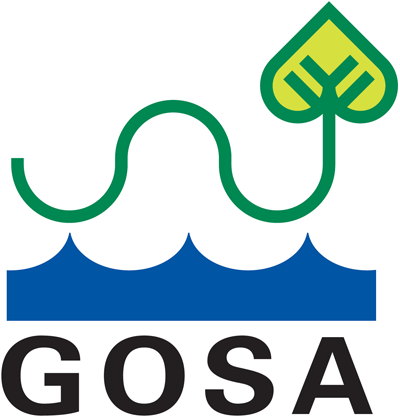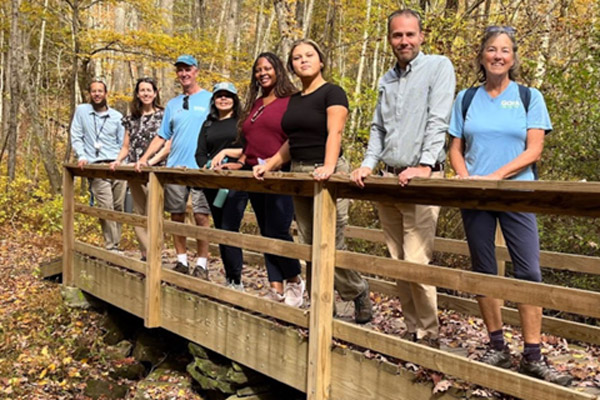GROTON — If you’ve driven or walked on Fishtown Road recently, you’ve probably seen signs of a GOSA landscape restoration that’s currently underway in The Merritt Family Forest to the west of the forest entrance.
Cars arrive and depart carrying people equipped with cutting tools. Visibility is improving as Bittersweet vines are being taken down and stacked in piles.
While some of the work can be seen from the road, a short walk west is necessary to see the bulk of it. Spreading east from the tall trees of the forest proper, a meadow is emerging from a thicket of invasive plants in a grown-over tract that hosted victory gardens during World War II.
GOSA Director Marty Young, chair of GOSA’s stewardship committee for The Merritt Family Forest, explains the project below.
Shortly after GOSA acquired The Merritt Family Forest with aid from the state Open Space and Watershed Land Acquisition Grant Program in May 2008, and after careful study involving identification of the various existing habitats, it became obvious that further enhancement of the land should occur.
A representative of NRCS (the U.S. Agriculture Department’s Natural Resources Conservation Service) confirmed our thoughts after a visit to the site at our request. Thereafter, Priscilla Pratt, the late president of GOSA, signed a contract with the Agriculture Department for a grant. The three-year term of the WHIP grant (Wildlife Habitat Incentive Program) targets approximately 2.4 acres located in the watershed area close to Eccleston Brook. This is at the southeast corner of property where Noank residents tended victory gardens during the Second World War. The Inland Wetlands Agency approved GOSA’s project June 10, 2009.
The project focuses on removal of an infestation of invasive plants–Russian Olive (Elaeagnus Umbellata Thunb.), Bittersweet (Celastrus Orbiculatus Thunb.) and Multiflora Rose (Rosa Multiflora Thunb.) The process extends over a number of years due to the stubborn and aggressive behavior of the invasives, which overwhelm the native plant species that are important to other forms of life.
The project aims at restoration of a natural area that has been biologically degraded. Plant, insect and animal species are being lost at a fast rate. Therefore, we must restore and reestablish a natural system that will benefit the land and wildlife. Over a period of time and without destroying existing native species, we plan to develop an early successional grassland habitat of warm-season grasses for wildlife.
NCRS offered Global Positioning System flagging of the location for the project. GOSA followed up by purchasing required tools. We hired a recently trained arborist and habitat restorationist with abundant botanical knowledge and a familiarity with the property through voluntary work on the tract. He, along with devoted volunteers, is well into the very labor-intensive work. We intend to complete the first phase of restoration by the end of May as stipulated in the contract with the NRCS. Positive changes are coming to a Merritt Family Forest corner that had been in a long period of decline.

